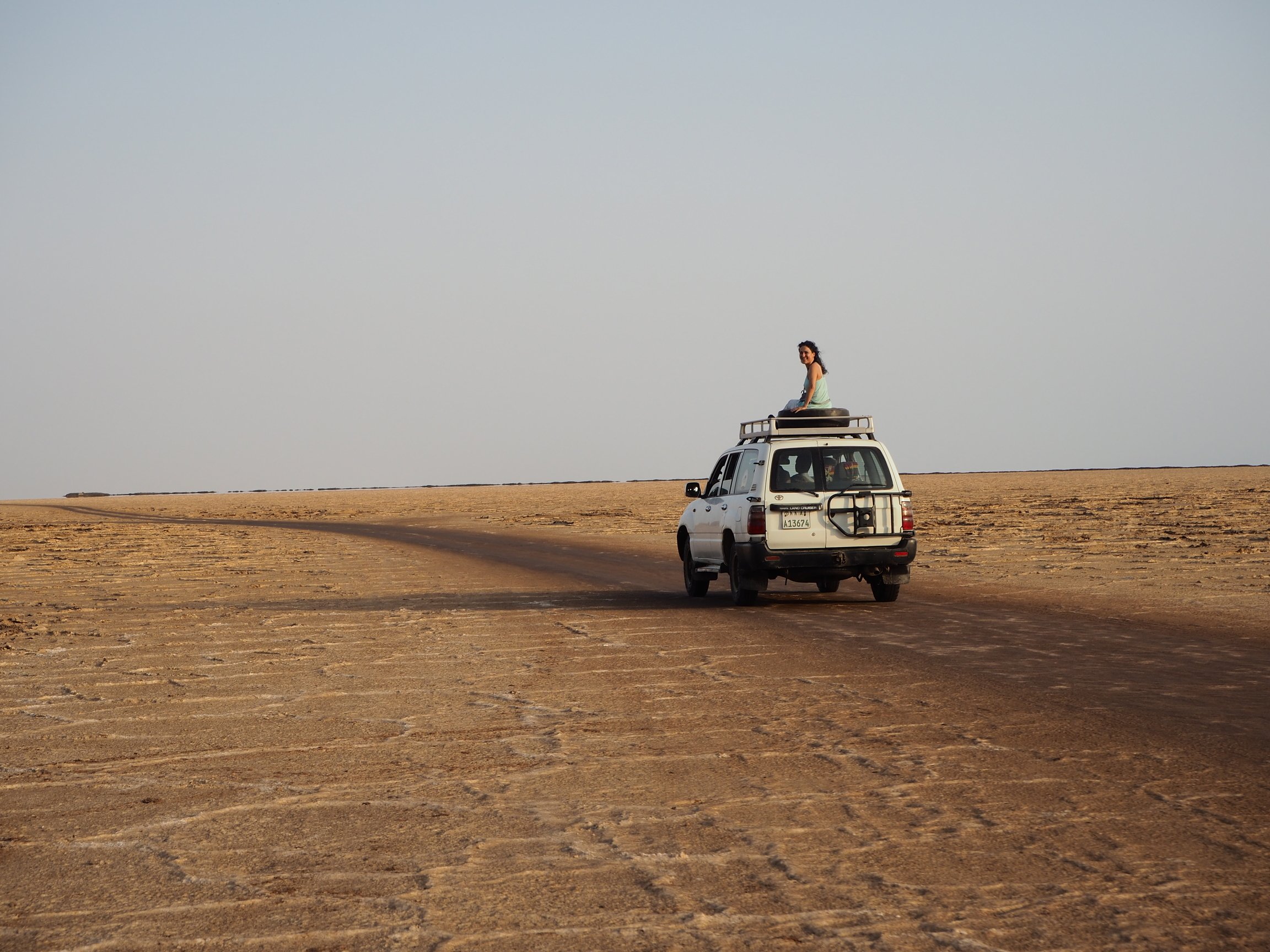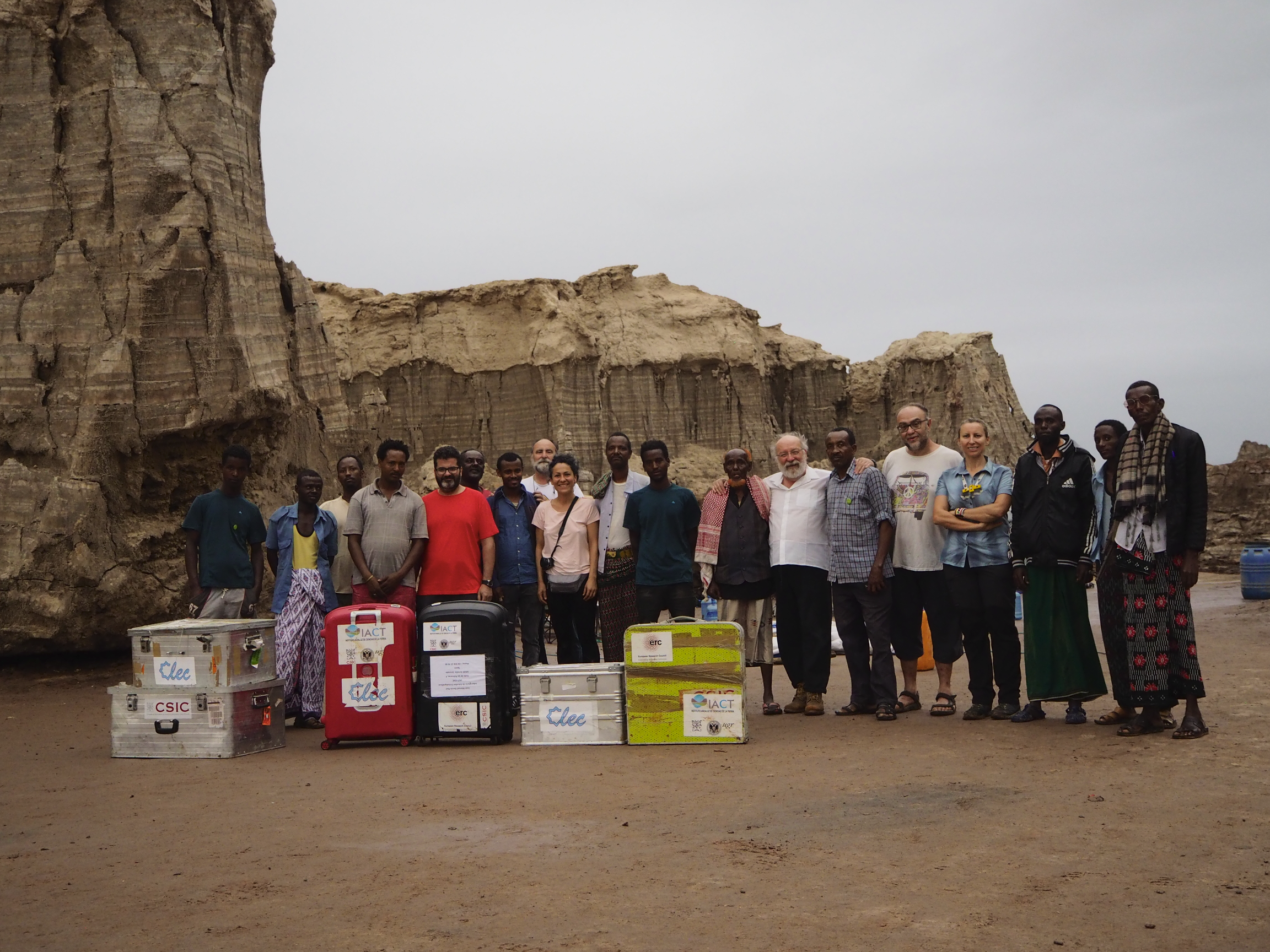THE DALLOL PROJECT
The Afar depression in the East African Rift System constitutes a paradigmatic example of the evolution of an active continental rifting, separating Africa from Arabia1. This rift evolution led to the formation of the 300 km-wide Afar depression. At the north of this depression there is a region of high geological interest, called Danakil plain, a deserted salt plain filled with massive marine evaporitic deposits formed when the region was connected at the north to the Red Sea (Cavalazzi et al., 2019).
1 Wright et al., 2006; Ebinger et al., 2008

Owing to its spectacular and unique geothermal activity, the Danakil plain hosts singular places, like the active Erta Ale volcano and Mount Dallol. The interest in Dallol has recently increased as a geological site and heritage attraction due to the high scientific interest and the beauty of the polyextreme hydrothermal field found at its summit.
Dallol hosts hot springs exhaling iron rich, anoxic, hyper acidic supersaturated salty waters forming a colorful landscape of outstanding colored mineral structures.
The interaction of the underlying basaltic magma with the evaporitic salts of the Danakil depression has generated a unique, high-temperature (108 °C), hypersaline (NaCl supersaturated), hyperacidic (pH values from 0.1 to −1.7), oxygen-free hydrothermal site containing up to 150 g/L of iron1.

The combination of these features, specially the extremely acid pH, makes Dallol an unique place for the study of geological processes under extreme conditions and one of the few places on Earth surface where life is impossible or almost impossible, i.e. an exceptional laboratory for the study of some elusive processes potentially relevant for the evolution of our planet and the life it hosts.
The puzzling geological features of Dallol, the huge scientific potential of their study and the beauty of the mineral patterns forming there convinced us of the convenience of a series of scientific projects on this subject. This was the origin ot the Project Dallol. Along with several scientific conclusions that you can find in this site, we have learned two key aspects on Dallol: first that this a place deserving preservation and a destination of visits by people engaged in geologically oriented tourism; and second that these visits can play a relevant role in the understanding and preservation of Dallol.
Project Dallol team during our last visit to Dallol in 2019. Scientists of the Laboratorio de Estudios Cristalográficos (Granada, Spain) and the Ethiopian crew at the camp site in Dallol. The boxes and suitcases in front contain the field research equipment.





